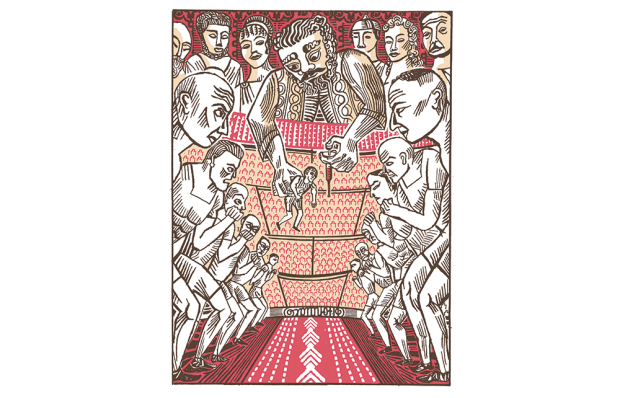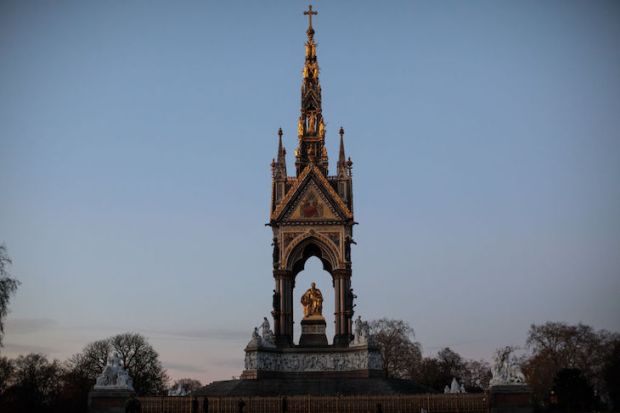The Karakachan sheepdog is a match for any bear – but not for modern society
The fearless breed, descended from the Molossus of Epirus described by Aristotle, may soon disappear from Central Europe, along with the flocks it guards
Tom Cruise and the art of falconry
Last week, the Hollywood team making the latest Mission Impossible film was desperate to clear Trafalgar Square of its superabundant…
Do we really want to bring back the wolf?
The apex predator is making a startling resurgence in Europe – many say to the enrichment of the landscape. But it’ll take a lot to convince the British of that
Life is a far richer, more complicated affair than we imagined
Exploring the new biology, Philip Hall explains how genes do not in fact determine our fate, and how cells can be reprogrammed to perform all kinds of new tasks
The world is ablaze – yet climate chaos still takes us by surprise
Our unpreparedness was vividly illustrated by the catastrophic Canadian inferno of 2016 – originally judged a minor brushfire beyond Fort McMurray’s city limits
Living trees that predate the dinosaurs
The lifespans of cedars, oaks and yews are remarkable enough, but they pale in comparison to America’s bristlecone pines
Where the wild things are
The Mesta region of Bulgaria, where the river meets the forests of the western Rhodope range, remains remarkably intact and rich in wild harvests
Finally, the Sherpas are heroes of their own story
John Keay has for many years been a key historian and prolific contributor to the romance attaching to the highest…
The catastrophe that allowed mammals to reign supreme
Humans are so comfortable with their self-declared dominance over the rest of life, appointing themselves titular head of an entire…
Adapt or die: what the natural world can teach us about climate change
Climate change may be the central challenge of our century, but almost all attention has focused on its consequences for…
Beavers, not concrete barriers, can save Britain from floods
As the start date of COP26 draws closer, and just when we are assailed by daily proof of climate chaos,…
Richard Dawkins delights in his own invective
The late Derek Ratcliffe, arguably Britain’s greatest naturalist since Charles Darwin, once explained how he cultivated a technique for finding…
A hymn to the hummingbird — one of the most astonishing organisms on Earth
Along with coral reefs and their fish, tropical butterflies and birds of paradise, hummingbirds must be among the most beautiful…
Where time stands still: a Himalayan pilgrimage
The region of Dolpo in Nepal forms part of a border zone between that country and China in the central…
The world’s largest, rarest owl is used for target practice in Siberia
The montane forests of far-eastern Russia have given rise to one of the finest nature books of recent years, The…
Where did birds first learn to sing?
Fieldwork can move the most rigorous scientist to lyricism, as Mark Cocker discovers
Mother nature is finally getting the art she deserves
Exhibitions about fungi, bugs and trees illustrate the depth, range and vitality of a growing field of art, says Mark Cocker
Dangerously desirable: the white-morph gyr falcon commands sky-high prices
The art of falconry is more than 3,000 years old and possibly as popular now as at any time. Its…
In the high Himalayas
In my twenties I once visited a lonely spot among the western Himalayas called Zhuldok in the Suru valley. Politically…
Spooky stories for Halloween
It is surely significant that Ed Parnell’s first novel The Listeners was an updated examination of themes latent in Walter…
Head to Berlin to hear nightingales sing
In a sense, the song of the bird in the title of this short, hugely thoughtful and fascinating book is…
For a passionate ecologist, Barry Lopez burns a lot of oil
It is more than a generation since the appearance of Barry Lopez’s classic Arctic Dreams. That book’s effortless integration of…
In (vain) search of the snow leopard
Alex Dehgan is clearly someone with a penchant for hazardous jobs. Even in the first few pages we find him…
How to live in a world without light: Life in the Dark at the Natural History Museum reviewed
Like most of our ape ancestors, we have really had only one response to the fall of night. We have…



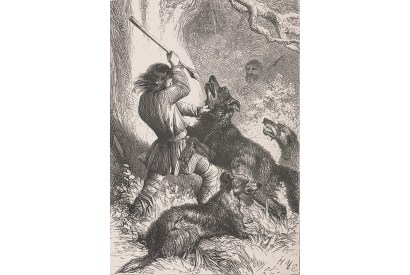
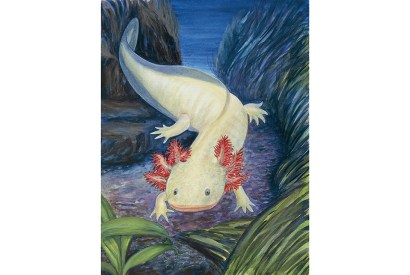
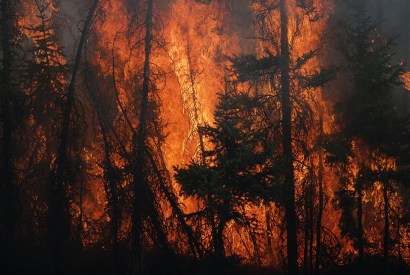
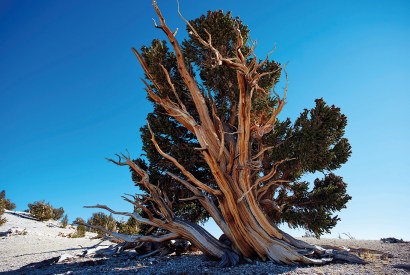
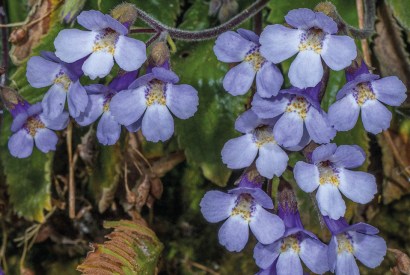

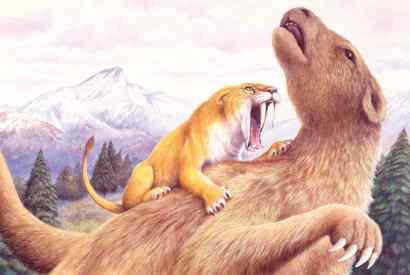
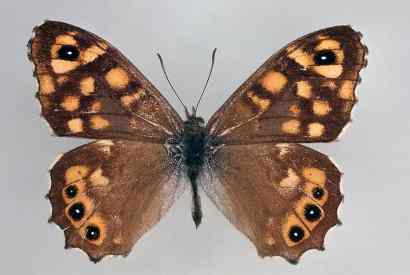
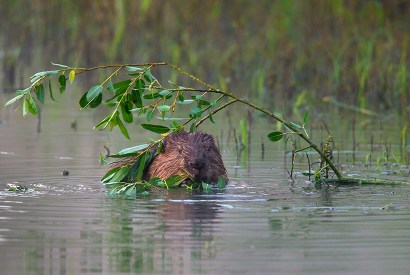

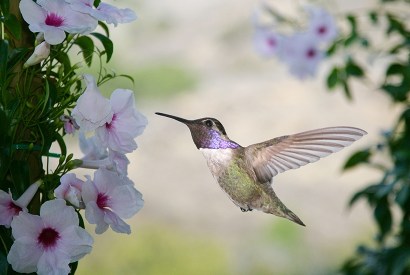
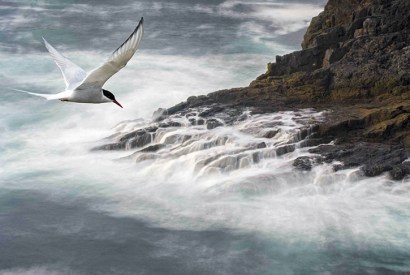
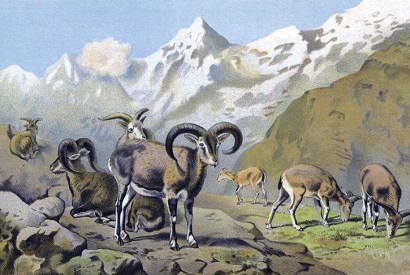
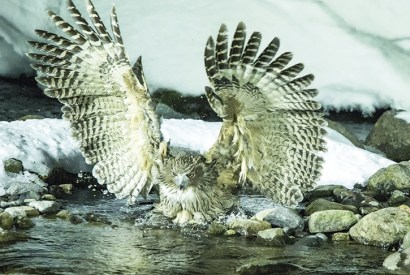

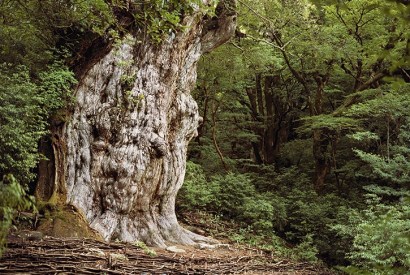
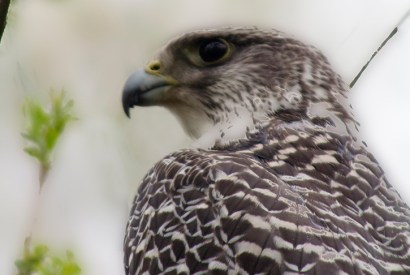

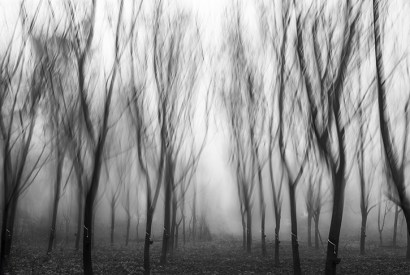
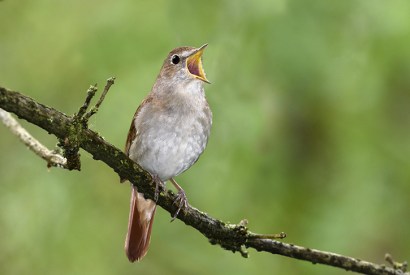
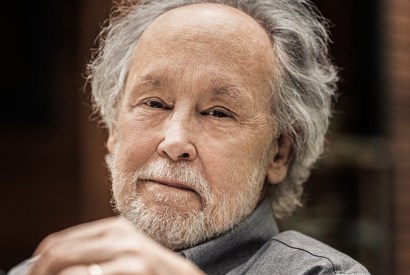
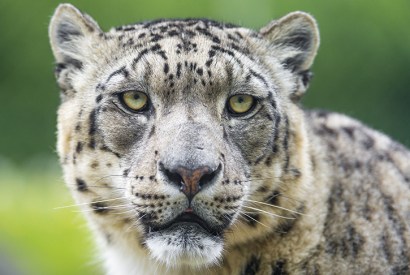
![Let there be light: the Atlantic footballfish dwells 3,000 feet below the surface of the ocean. [Paulo Oliveira / Alamy Stock Photo]](https://www.spectator.com.au/wp-content/uploads/2018/08/18augartslead.jpg?w=410&h=275&crop=1)


